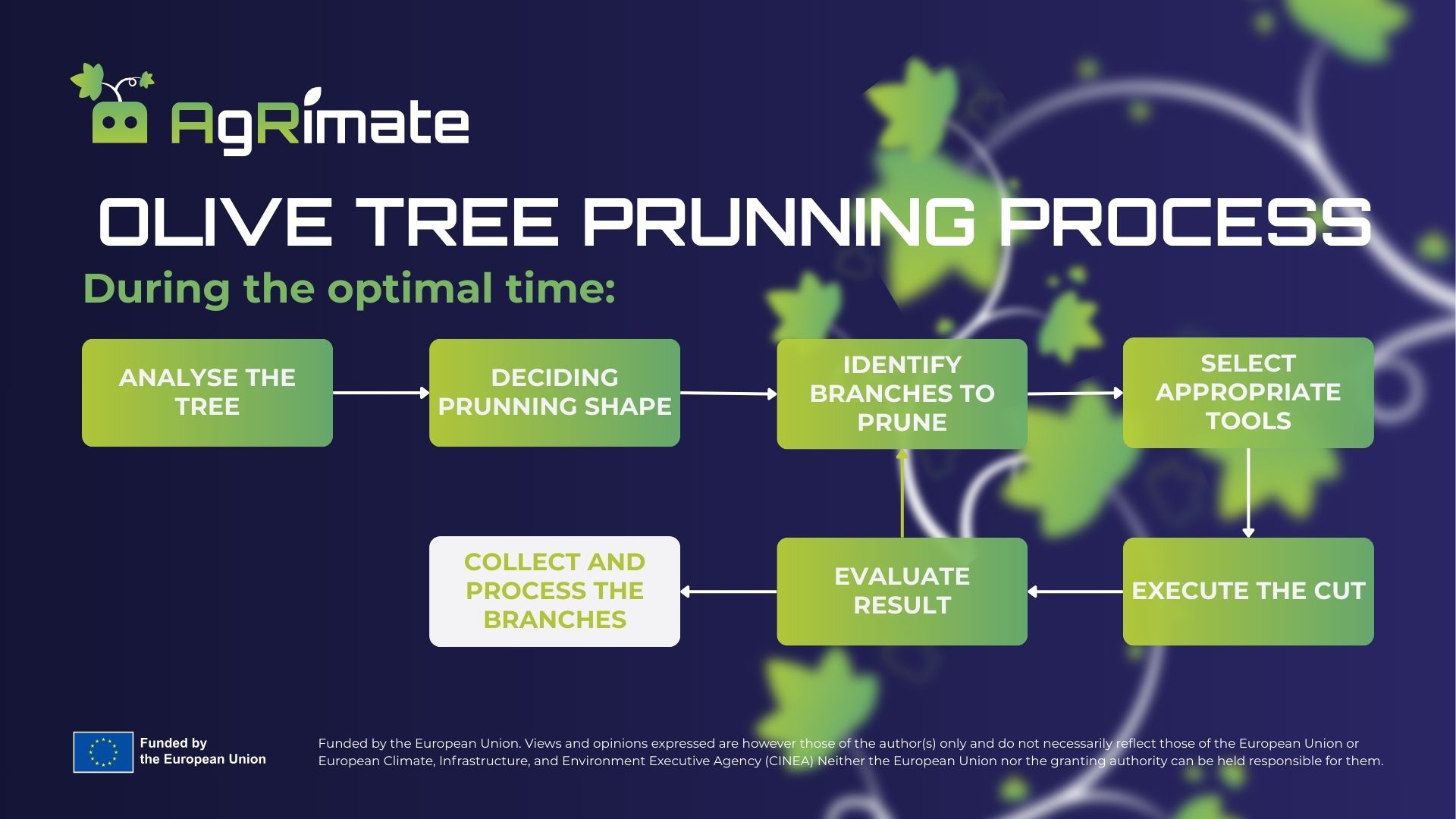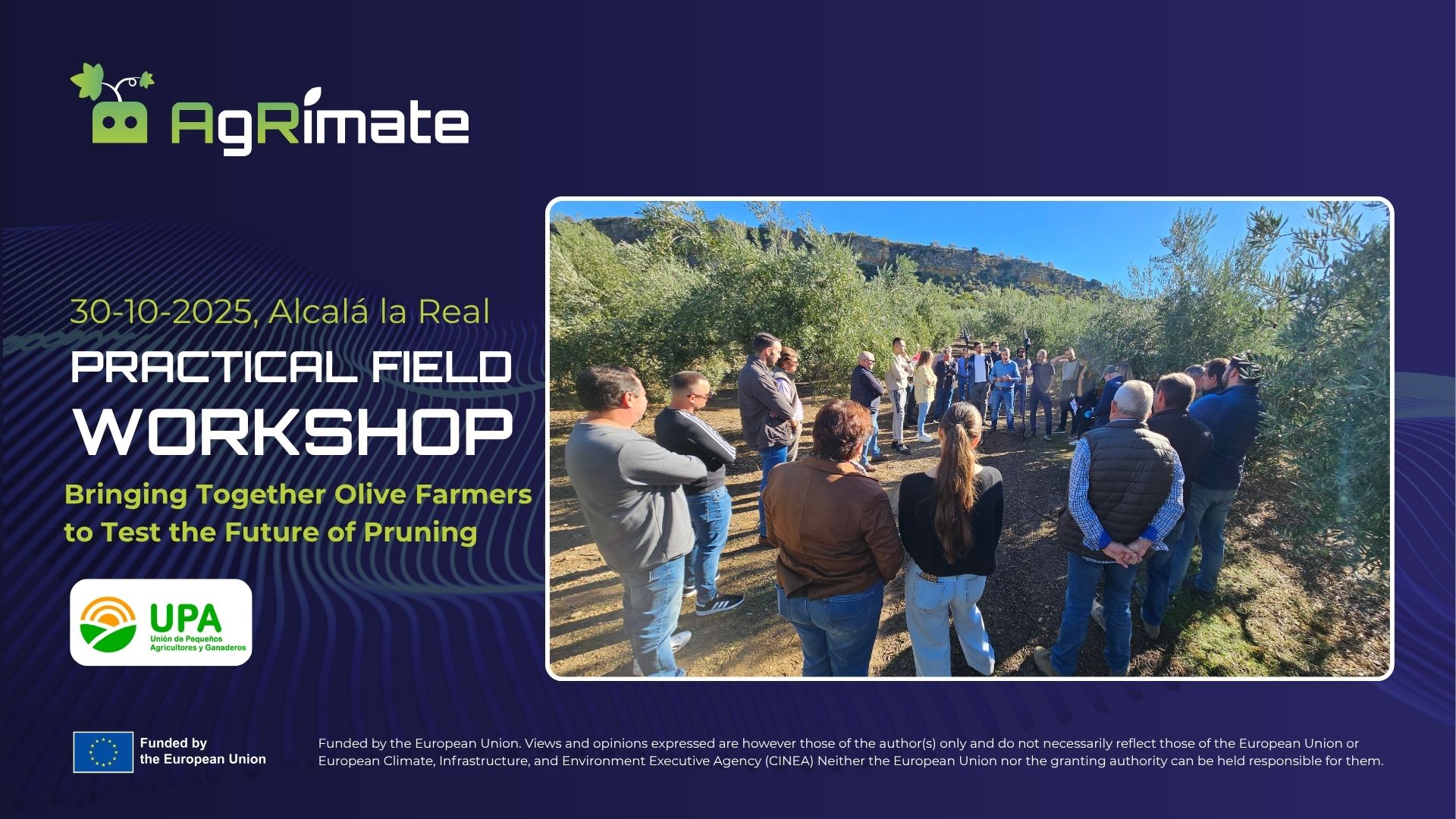News & Events
Pruning an olive tree is much more than just cutting branches. It’s a strategic, knowledge-driven process that requires a deep understanding of the tree and its environment. Every decision, from the timing of the cut to the final shape, has a long-term impact on the tree’s health and productivity.



